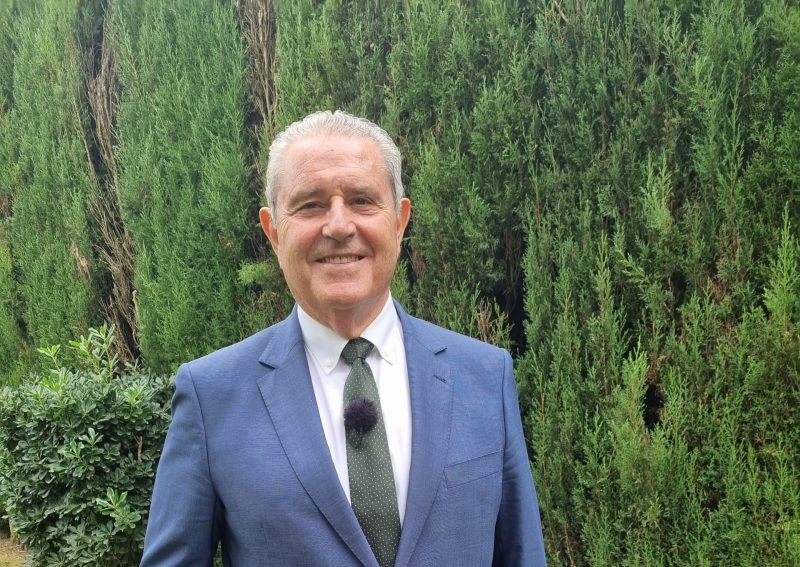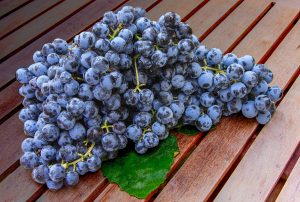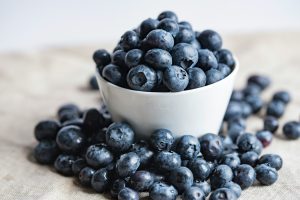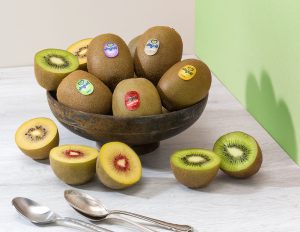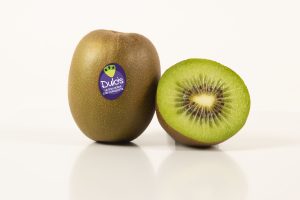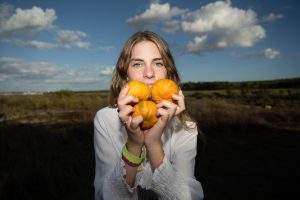This zone precisely coincides with the fruit’s original area, and it is the one that holds the quality figure ‘D.O. Kaki Ribera del Xúquer’. Fruit Today magazine talked to Cirilo Arnandis, Chairman of the Denomination of Origin.
How is the current season going?
Our forecasts are indicating a harvest that could reach 110,000 tonnes of product, although we are always at the mercy of the weather. This year, we are facing the great drought that occurred during the winter in La Ribera. There has been virtually no rainfall since September and this has affected the spring flowering, which was much weaker than expected. I calculate that, in the end, the production will be similar to last year’s, which will allow us to maintain all our clients.
This year the problem of mealybugs and white flies seems to be very prominent.
Unfortunately, this is very true. We don’t have any suitable active materials to fight them, and even though we have been using biological pest control for many years, the problem persists. At the moment, the exceptional authorisations from the Ministry have been stopped. In this campaign, since mid-August the problem has got worse due to the intense heat and the lack of rainfall. The only elements that will be able to ease the pest problem are a drop in temperature and rainfall.
The elimination of active substances is constant.
Yes, and this increases every campaign. It is likely that next year we will be even more defenceless than today. While there are no more feasible solutions, the important point will at least be to maintain the ones that we have.
Has the sector reached its peak, productively speaking?
I think so, but not in La Ribera region. If there are any growth opportunities, they are here, where persimmons reach their maximum quality due to the weather conditions, the soil, the water, and to everything that has made Rojo Brillante into an exceptional product. Over 90% of the Spanish production of Rojo Brillante is found in its original area. The basic challenge lies in being able to fight the pests and be able to maintain the excellence of this fruit in the region.
Has promotion been constant in the D.O.?
Of course, and we are continuing along the same lines, although with some visual renewal. We will maintain a connecting thread throughout our campaigns and the investment in communication, both for Spain and for Europe, is estimated at one million euros.













